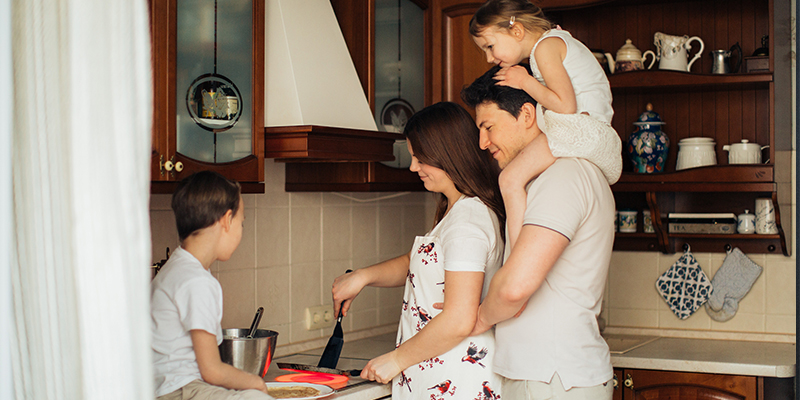
By Claire Lerner
Choose a time limit best suited to your child.
One approach is to have the break end when the child is calm. Another option is to set a timer for—3 to 5 minutes—then go back to the child and check in. At this point, she may still be upset, but if she is no longer out of control and is willing to accept being comforted, you can help her move on. Remember, you’re not giving in to whatever caused the original upset—you’re just helping her learn to calm herself and to accept an alternative,for example,reading a book together instead of playing on the tablet that you had taken away, which caused the tantrum.
Ignore the behavior but not the child.
If a child is out of control but not harming herself or others, it can be very effective to just ignore the behavior. If a child is having a tantrum because you took away toys that he was throwing, acknowledge his anger (which is neither right nor wrong—it just is) and then move on. You might let him know you are going to make dinner and would love a helper when he is calm and ready. Or pick up one of his favorite books and start reading it aloud. This communicates that you are still a loving, present parent, ready and eager to engage, but that you’re not going to participate in or fuel his tantrum. (Check out this short video clip to learn about ways to help children manage their emotions.)
Using breaks mindfully, as a tool to help young children learn to cope with their strong emotions, is all about the way it’s done.
Breakdowns are evidence that children are having a hard time coping with one of life’s inevitable frustrations or disappointments. They are not purposefully misbehaving, they are just reacting. Their intense emotions and limited skills in self-regulation sometimes cause them to lose control over their minds and bodies. A short break from interaction can help them cool down. In the context of a loving, strong parent-child relationship, giving children (and parents) this space to calm themselves can be helpful, not harmful.





